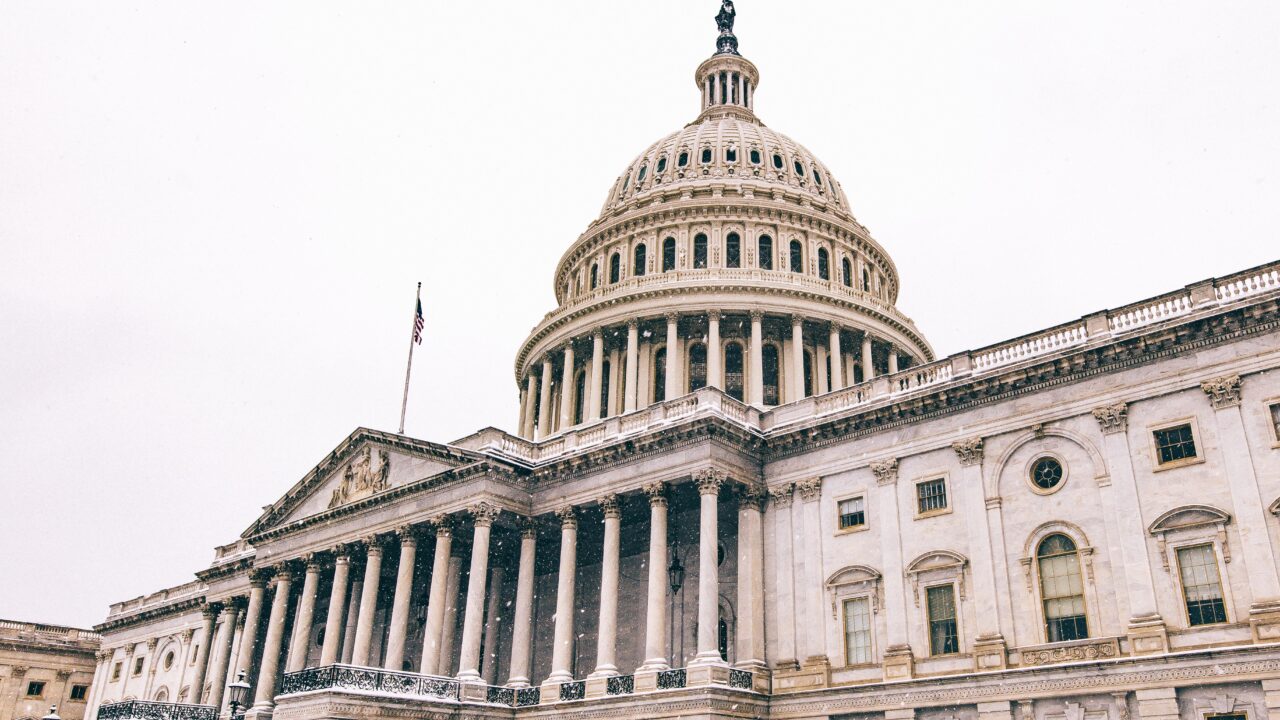 Photo by Caleb Fisher on Unsplash
Photo by Caleb Fisher on Unsplash
Congressman Bob Good (R-Va.) and Republican Study Committee (RSC) Chairman Jim Banks (R-Ind.) today introduced the Federal Student Loan Integrity Act, legislation that would end the pause on student loan payments. This policy has already cost taxpayers $100 billion and, if it is not repealed, will continue to cost an additional $5 billion every month. It is also fundamentally unfair, serves affluent elites, and drives already out-of-control inflation.
Lawmakers should cosponsor and support this important piece of legislation, as the student loan moratorium has been immensely problematic.
This policy was originally implemented in March 2020 but has been extended several times far after the height of the crisis. President Biden announced in December that he would be extending the federal student loan repayment moratorium until May 1, 2022. Two weeks before the announcement, White House press secretary Jen Psaki assured Americans that the loan payments would restart in February. Instead, the administration caved to progressives who claimed that inaction would cost Democrats in the midterms.
Reps. Good and Banks’ bill prohibits the Secretary of Education from issuing a waiver or modification, or extending a waiver or modification, of any provision applicable to student financial assistance programs in connection with the declared national emergency:
SEC. 3. PROHIBITION.
The Secretary of Education may not use the authority under section 2(a)(1) of the Higher Education Relief Opportunities for Students Act of 2003 (20 U.S.C. 1098bb(a)(1)) to issue a waiver or modification, or to extend a waiver or modification issued before the effective date of this Act, of any statutory or regulatory provision applicable to the student financial assistance programs under title IV of the Higher Education Act of 1965 (20 U.S.C. 1070 et seq.) in connection with the national emergency declared by the President on March 13, 2020, pursuant to the National Emergencies Act (50 U.S.C. 1601 et seq.) (Proclamation 9994).
On the most basic level, the moratorium on student loan repayments is unfair.
It is unfair to the millions of Americans that were responsible and did not rack up tens of thousands of dollars of debt. It is unfair to Americans that decided against attending college, opted for less expensive schooling, served in the military to receive free education, or have worked long hours to put themselves through school instead of going into debt. This policy is also unfair to those who were proactive in paying off their debt. All these sacrifices were made by people who could only work with the information they had: if they took out loans, they would be held to their contractual obligations.
Despite Democrat talking points, the moratorium isn’t helping low-income Americans hit hard by the pandemic. This policy primarily benefits the wealthy.
The Brookings Institution described those who would benefit most from student debt forgiveness as “higher income, better educated, and more likely to be white.” The top 20 percent of households currently hold $3 in student loan debt for every $1 of debt held by the bottom 20 percent of earners. About 75 percent of student loan repayments come from the top 40 percent of earners, as the Committee for a Responsible Federal Budget notes.
In fact, this “issue” is hardly a low-income one at all: the median income of households making active payments on their student loans was $76,400, with just 4 percent of these households being below the federal poverty line.
The moratorium is also contributing to high levels of government spending that exacerbates inflation and disproportionately harms low-income Americans.
As of January, the moratorium has cost the federal government more than $100 billion. Every month, the moratorium costs the government $4 to $5 billion.
This is just one example of high federal spending. In 2020, the U.S. government spent over $6 trillion. In 2021, the U.S. spent $6.82 trillion, or 30% of the economy. The CBO projects that U.S. interest costs will triple within the next decade — from $331 billion this year to $910 billion in 2031, accounting for 12% of the entire federal budget. In 2021, the United States’ interest payments cost roughly $2,600 per household.
The federal government is flooding the economy with so much money (via handouts, subsidies or payment pauses) that demand is growing too fast for production to keep up. The results of these policies are clear. In January, inflation surged to 7.5 percent, the highest it has been in 40 years. The average U.S. household spent $3,500 more in 2021 due to inflation, according to a Penn Wharton University of Pennsylvania Budget Model analysis.
Not only is inflation harming consumers by increasing household costs, but it could also have long lasting economic damage. Inflation is eroding purchasing power and wages are decreasing. Real average hourly earnings dropped by 2.4 percent on an annualized basis.
Low-income households were disproportionately harmed, as those households spent about 7 percent more while higher-income households spent about 6 percent more. For example, between November 2020 and November 2021, the bottom 20 percent spent $309 more on food, $761 more on energy, $476 more on shelter, $390 on other commodities, and $224 on other services.
According to one Gallup poll, 71 percent of low-income households have reported experiencing financial hardship due to rising prices. Of the 71 percent, 28 percent of low-income households say they have experienced “severe hardship” due to rising prices, and 42 percent say they have experienced “moderate hardship.”
The student loan repayment moratorium must end. It is not only regressive and unfair, but it has exacerbated America’s inflation problem and contributed to historic, out-of-control spending. All lawmakers should cosponsor and support Reps. Good and Banks’ bill to end this harmful policy.

